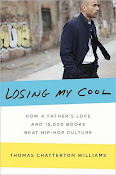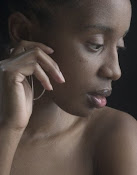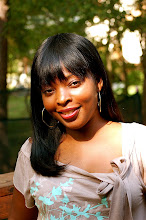I remember going on only one vacation when I was a kid—to my aunt’s house in South Carolina. Shortly before we left, I caught the chicken pox from my brother and broke out on the airplane, and then spent two weeks laying around on the couch at my auntie’s tiny house, cramped to the max with auntie’s eight daughters who made it so very clear they didn’t want my cooties.
I was five.
That would be my last vacation until college, when I could pool my money with friends to take weekend driving trips to a few nearby states. And since I was flat broke until well after I got my first real writing gig, I didn’t leave the country until I was well into my 20s (Cancun and Kozumel were my first forays across America’s borders), and I had no need for a passport until my honeymoon.
Of course, I hold no ill will toward my parents for this; they simply couldn’t afford vacations for four to anywhere, much less a foreign country. But I promised myself that things would be different for my babies—that they’d grow up having known the excitement of exploring a new land and learning about a new culture and eating exotic foods and taking in the beauty of a people unlike themselves. This week, Nick and I made good on that promise when we took our babies to Paris.
 |
| Taking in The City of Light during an evening cruise down the River Seine |
 |
| Lila, Mazi and Mari "frolicking" through the grounds of Marie Antoinette's chateau |
 |
| Denene enjoying a stroll through the "Little Africa" section of Paris |
 |
| Basking in the Mona Lisa afterglow at The Louvre |
Now, I’d been to France twice and so I must admit I wasn’t as excited about traipsing down the Champs-Elysees with three kids for a week. I wanted to be laid out on the beach somewhere in Puerto Rico, getting chocolatey and knocking back fruity drinks. But from the moment the airplane touched down at Charles de Gaulle Airport, Mazi, Mari and Lila’s excitement was palpable—infectious. And they were on 100 the entire trip, racing up the Eiffel Tower, floating down the River Seine, traipsing through the gardens of Versailles, keeping top-eye out for the finale of the Tour de France, stomping up more than 200 steps to the top of the Arc de Triomphe, marveling at the wonder of Notre Dame, reveling in the history we learned during a black history tour of the City of Light, and eating their way through warm croissants and sugary coconut-less macaroons and meats topped with all kinds of fantastic sauces.
It. Was. Magical.
 |
| What to do if you're overlooking the River Seine in a fancy dress? If you're Lila, you twirl! |
I can’t express how incredible it was to see this city through my children’s eyes, not only to feel their excitement but especially to know that on this trip, we opened a door for them—showed the babies that the world is so much bigger than our tiny sliver of Georgia and that finding refuge in another country, another language, another culture, another people is possible. And incredible. And beautiful.
It’s a lesson we’re constantly trying to teach them—by encouraging them to do everything from surround themselves with a diverse group of friends to immersing themselves in eclectic music, food, art and languages. The best part of this is that Mazi, Mari and Lila truly enjoy the journey.
 |
| Hanging out at the ultra-hip museum, Centre Pompidou |
 |
| Mari posed up in the middle of the Champs-Elysees, in front of the Arc de Triomphe |
Indeed, on the way back from the airport, Mari vowed to do research on Josephine Baker, the legendary singer/dancer/pilot/French spy who wowed Parisians with her beauty, talent and flair and Lila couldn’t wait to tell her best friend Maggie about her trip to a real-life castle. But what made my heart flutter was Mazi graciously thanking us for taking him to Europe just weeks before he heads off to college. “I can’t believe I went to Paris,” he said. “That was awesome.”
Mission accomplished.
Editor's Note: This piece was written exclusively for Parenting.com's The Parenting Post. For more great stories on raising and caring for kids, visit the MyBrownBaby page on Parenting.com. Stay tuned, too, for more pictures and highlights of our MyBrownBaby trip to Paris.



















































